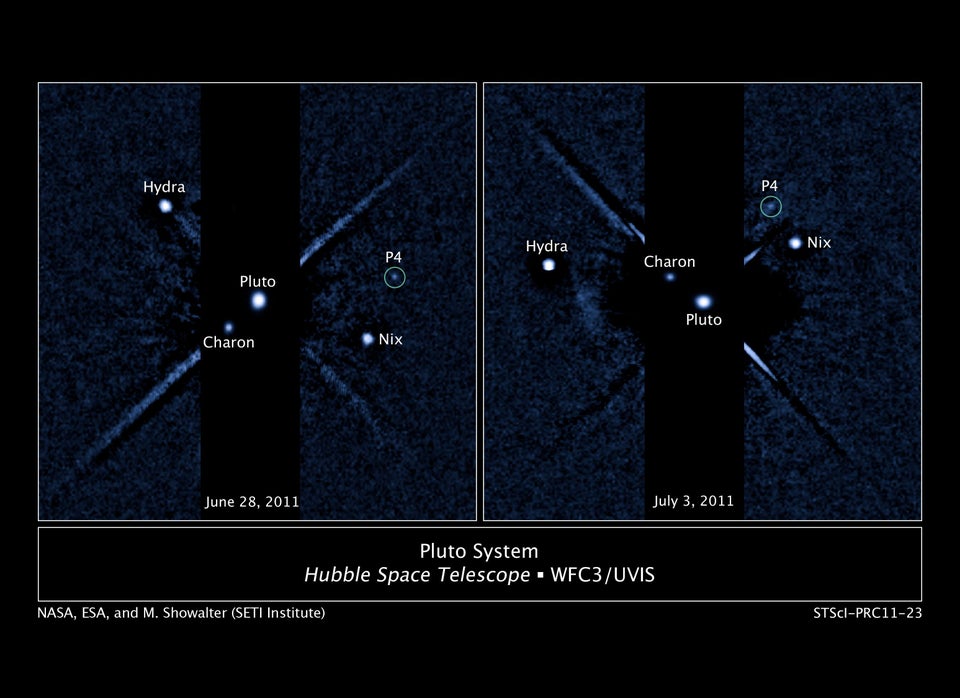
THE WOODLANDS, TEXAS—After a massive, years-long search, researchers have recovered seven interstellar dust particles returned to Earth by the Stardust spacecraft. The whole sample, reported here this week at the Lunar and Planetary Science Conference, weighs just a few trillionths of a gram, but it’s the first time scientists have laid their hands on primordial material unaltered by the violent birth of the solar system.
The Stardust spacecraft, launched in 1999, has already accomplished its prime objective: collecting dust particles in the tail of comet Wild 2 and returning them in a reentry capsule ejected as Stardust passed by Earth in 2006. NASA went to all that trouble because comets were supposed to be the repository of the primordial ice and rock—the product of eons of star birth and death—that went into building the solar system. But it turned out that the minerals in the comet dust that Stardust managed to collect weren’t that pristine: They had been heated, melted, and totally transformed somewhere near the nascent sun and then carried outward to be incorporated into comets in the ultradeep freeze far beyond the outermost planets.
That left the hunt for pristine star stuff to Stardust’s other mission, collecting dust streaming in from interstellar space. For a total of 200 days in 2000 and 2002, Stardust stuck out its tennis racket-like dust collector panel to catch interstellar dust as the solar system and the spacecraft with it plowed through the galaxy. The panel’s centimeter-thick blocks of aerogel—“frozen smoke” made of airy silica that is 99.8% empty space—were intended to slow and retain dust particles without vaporizing them. That would be no mean feat, as interstellar particles are a thousandth the mass of comet dust and can be traveling well in excess of 15,000 kilometers per hour.
Once the sample panel was back on Earth, the problem quickly became finding any collected particles embedded in the aerogel. Out of desperation, Stardust team members called on 30,714 members of the general public. “We really did not know how else to find” the embedded particles, says Stardust team member Andrew Westphal of the University of California, Berkeley. The “dusters” of the Stardust@home project—who as a group were listed as authors of the talk—volunteered to examine microscopic images taken down through the aerogel. They used the world’s best pattern-recognition system—the human eye and brain—to pick out the telltale tracks left by speeding particles.
One hundred million searches later, Stardust team members had seven “probable” dust impacts on the collector. Two particles weighing in at about 3 trillionths of a gram each—100 billion of them would equal a grain of sugar—drove into the aerogel at less than 18,000 kilometers per hour and lodged there. A third came in so fast that it didn’t even leave a chemical residue, only a track. Four more particles serendipitously blasted into thin aluminum foil around the edges of the aerogel, leaving measurable material in their craters.
“It’s an enormous achievement that the Stardust team got this far,” says cosmochemist Scott Messenger of NASA’s Johnson Space Center in Houston, Texas, who is not on the team. He agrees with Westphal that these “are the most challenging extraterrestrial samples ever.” To be sure that the grains are truly interstellar, researchers must next transfer the infinitesimal specks of dust from inside the aerogel into instruments for further analysis, in particular of their isotopes. Developing the techniques “will be fundamentally boring but necessary,” Westphal says. “It would be very easy to lose them.”
Original article:
This story has been provided by AAAS, the non-profit sciencesociety, and its international journal,
